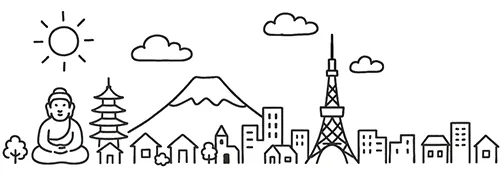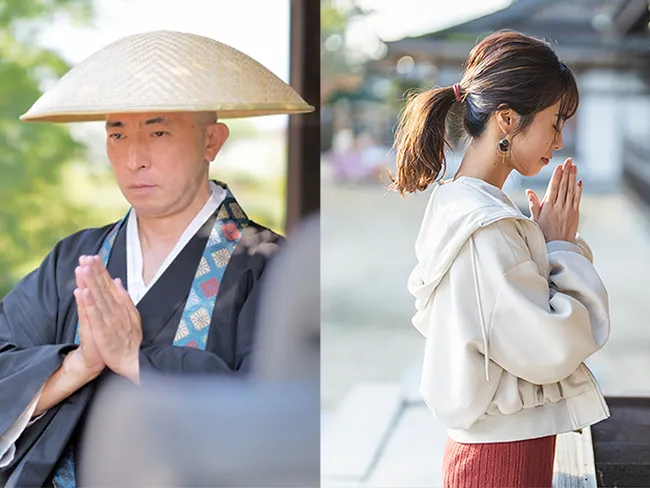Do you think all Japanese people are Buddhists? Yes, that’s roughly correct.
However, Japanese people themselves are not aware of this.
Let’s take a look at religion in Japan.
According to the Agency for Cultural Affairs, the number of followers of religious organizations in Japan is approximately 180 million.
Japan’s population is about 120 million, so this number of followers “exceeds the population,” but this is because many Japanese practice both Shinto and Buddhism simultaneously.
However, this statistic can be a bit misleading.
In reality, if you went to Shibuya and asked random Japanese people, “Which religion do you belong to?” most would say, “I don’t belong to any religion.”
This is the reality: most Japanese people consider themselves as not belonging to any religion.
But,
Most Japanese, when a family member dies, will call a Buddhist monk, hold a funeral, cremate the body, give a posthumous Buddhist name, and bury the remains in a gravestone.
This is a Buddhist custom.
Also, most Japanese people visit shrines at the New Year, pray for their children’s growth, and have purification rituals during unlucky years.
These are Shinto customs.

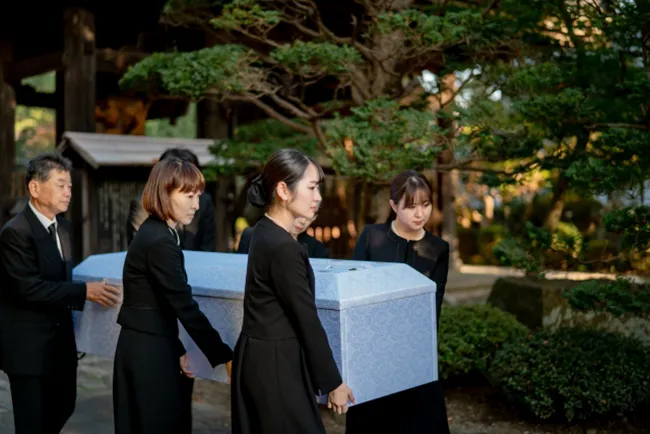
So, the report from the Agency for Cultural Affairs is broadly accurate, but most individual Japanese people do not recognize it that way.
I am one of them. It’s kind of ambiguous and strange, isn’t it?
Besides these, Japanese people practice many other Buddhist and Shinto customs as well.
Why Japanese People Don’t Feel “Belonging to a Religion”
- Unlike Christianity or Islam, there is no clear structure of “believe, convert, follow rules.”
- Shinto and Japanese Buddhism are practiced naturally as part of “daily events” or “household customs,” so it’s difficult for people to develop a sense of being a follower.
- Parents or schools don’t explicitly say, “We are Buddhists.”
- Shinto and Buddhism have been mixed together for a long time, and there’s no strict sense of separation; the idea of “both are okay” has become normal.
As a result, the clear awareness of “I belong to a particular religion” has weakened.
Negative impression
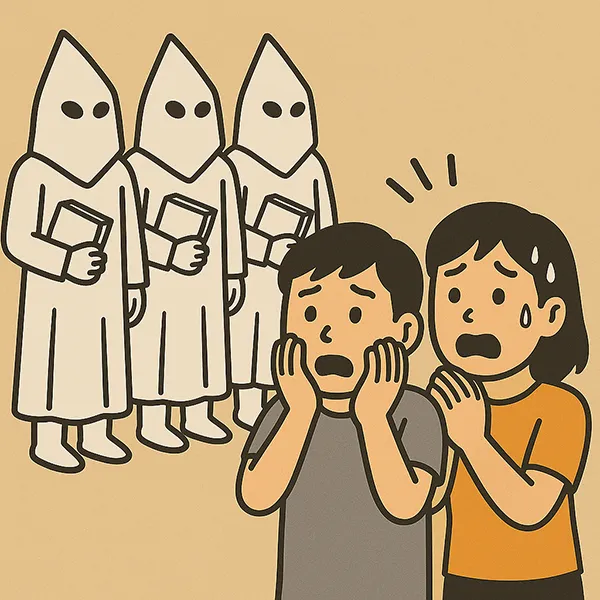
The impression that Japanese people often have toward religion or spiritual matters tends to be negative—words like suspicious, cult, brainwashing, or being sold expensive items come to mind.
Japanese people are generally cautious when it comes to new religious movements.
The 1995 Tokyo subway sarin attack by the Aum Shinrikyo cult may have contributed to this.
More recently, there was the incident where former Prime Minister Abe was assassinated by the second-generation follower of the Unification Church.
It seems that in Japan, being religious can give the impression of being “a bit off.”
I have never personally met someone who says, “I am a follower of XX religion.”
Yet, in reality, most people are Buddhists or Shinto believers.
In other words, Japanese people are a curious group: they engage in religious practices daily yet remain skeptical of religion.
The Differences Between Buddhism and Shinto
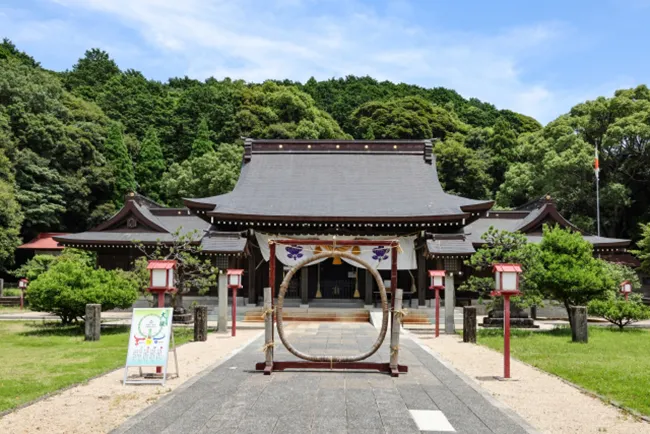
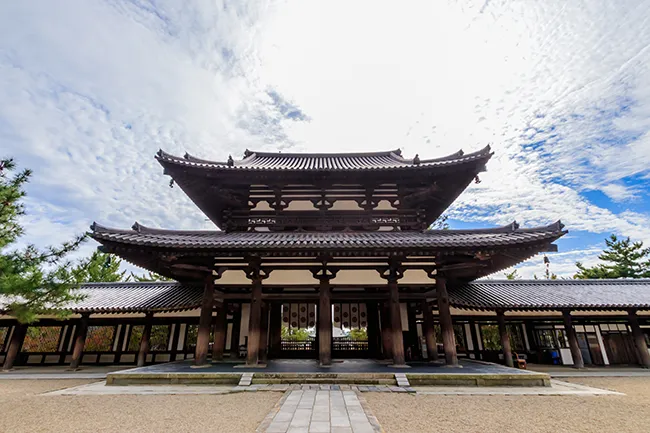
Perhaps foreigners who come to Japan also do not clearly distinguish between Buddhism and Shinto. Even among Japanese people, not many fully recognize each as a separate tradition.
Temples and shrines may have a similar atmosphere, but temples are Buddhist, and shrines are Shinto—they are distinct.
| Category | Shinto | Buddhism |
|---|---|---|
| Origin | Japan | India (later introduced via China and Korea) |
| Founded | Ancient Japan, no specific founder | 5th century BCE by Siddhartha Gautama (Buddha) |
| Arrival in Japan | Indigenous belief system | Introduced around the 6th century |
| Main Deities / Figures | Eight million gods (Kami) of nature and ancestors | Buddhas and Bodhisattvas (enlightened beings) |
| View of Life | Focus on harmony and purity in this world | Focus on overcoming suffering and attaining enlightenment |
| View of Death | Death is considered impure (“kegare”) | Death is part of the cycle of rebirth (samsara) |
| Scriptures | No formal scripture; based on myths (e.g., Kojiki, Nihon Shoki) | Tripitaka and many other Buddhist sutras |
| Ultimate Goal | Live in harmony with Kami and nature | Achieve enlightenment and liberation from suffering |
| At Birth | Shinto rituals (e.g., Miyamairi, Shichi-Go-San) | Little involvement |
| At Marriage | Shinto-style wedding ceremony | Buddhist weddings are rare |
| At Funeral | Generally avoided (death is impure) | Most Japanese funerals follow Buddhist tradition |
| Main Events | New Year visit (Hatsumode), local festivals (Matsuri) | Obon, memorial services (Hoyo) |
Note: Excluding Shinto priests and Buddhist monks, few ordinary Japanese people follow only one religion. Most Japanese naturally practice a “dual approach”: they observe Shinto customs such as visiting shrines and offering prayers throughout their lives, and when they die, they hold funerals according to Buddhist rites and are buried in Buddhist-style graves.

Summary
I myself am not particularly devoted to Buddhism religion, but for people, but for people, religion can serve as a guide or a source of comfort in life. The differences between religions are somewhat like the differences between subjects in a school textbook. It would be wonderful if people could respect one another’s beliefs and coexist peacefully, no matter the religion.
Thanks for reading!
If you enjoy my posts, your support really motivates me ☕
